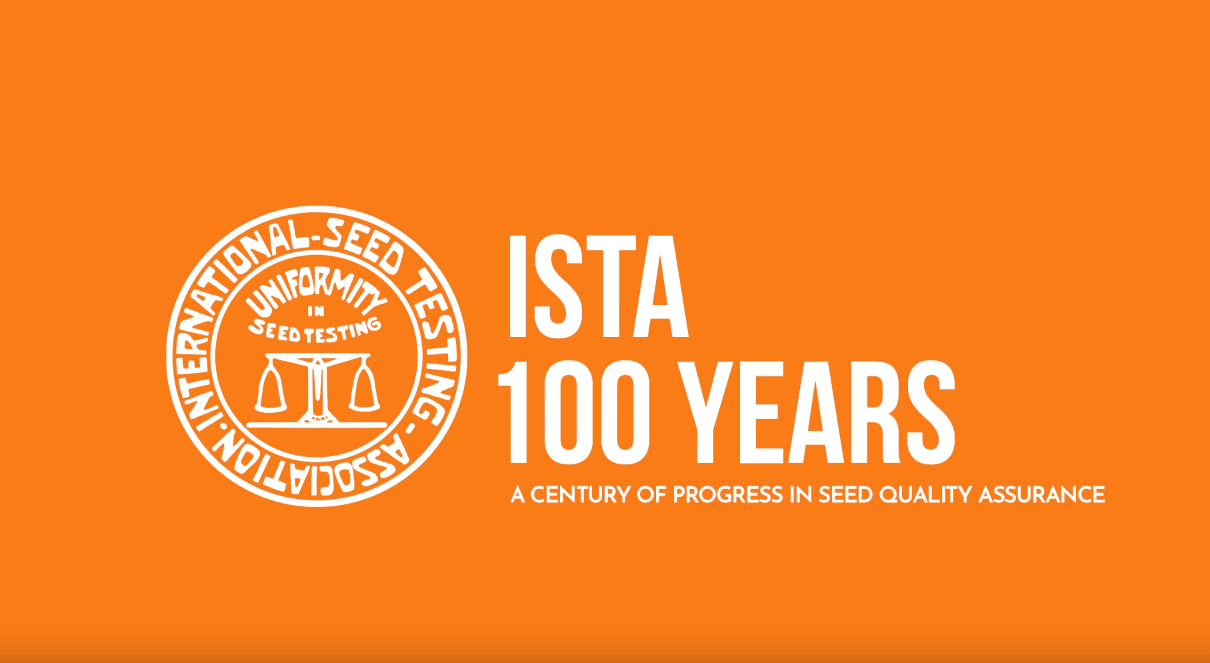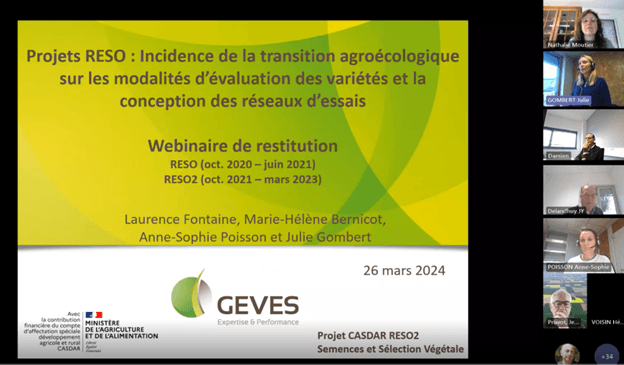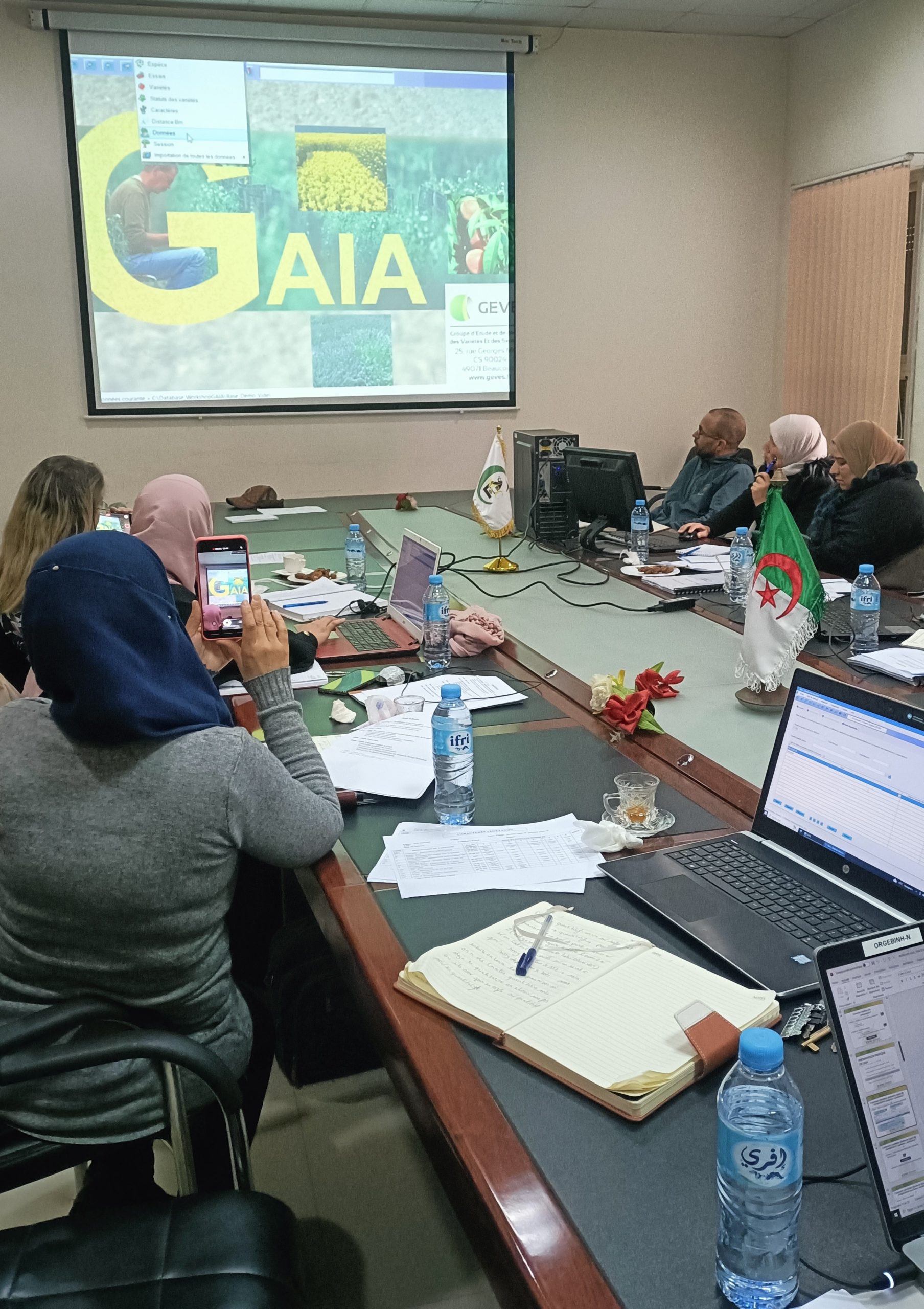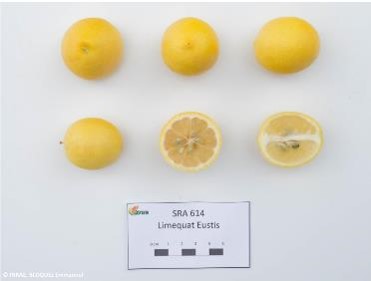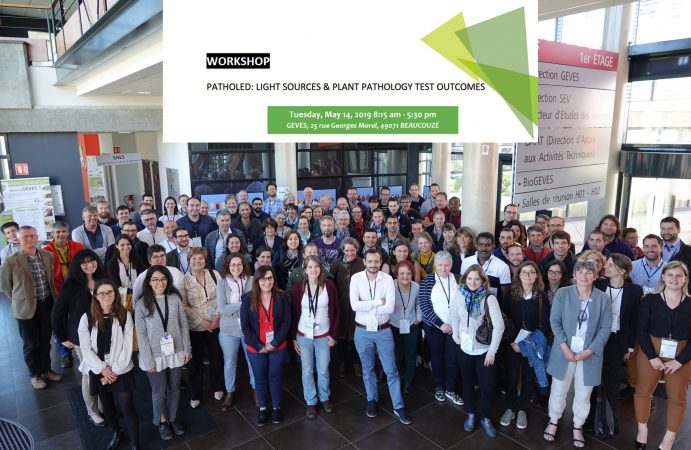
PathoLED workshop: light sources & plant pathology test outcomes
On 14 May, GEVES organised the international PathoLED workshop. The event brought together 97 people from 6 EU countries to discuss the use of LED (light-emitting diode) technology and its impact on plant health tests.
- Workshop objectives
GEVES is strongly involved in the development of new seed evaluation methods, and is attentive to the needs of the sector. One of the activities of the pathology laboratory of the SNES is to carry out different types of tests (resistance, biotests, pathogenicity) to study plant-pathogen interactions, most often under controlled conditions (temperature, photoperiod, hygrometry) in greenhouses and climate modules. The LED system has now become a major light source on the market, almost universal in the short term. Nevertheless, the transition is not simple in plant pathology because LEDs are described as favouring the plants’ defences. Such a change in light source can impact the plant pathology tests and modify the behaviour of the plant and/or the pathogen.
The pathoLED was organised to propose a day of exchanges around this theme, to benefit from feedback, to share expectations of stakholders, laboratories and / or companies, and to determine a common roadmap in order to achieve the best transition to the use of LED light in plant pathology.
- Programme
The day was organised around 3 major aspects:
– Scientific sessions
The opening session allowed to contextualise the workshop (state of the art in LED technology: why look at the light effect in pathology, what is an LED and how it works). Then, two sessions dedicated to feedback were used to illustrate the impact of LEDs on plant development and on different pathosystems. Guest speakers came from public laboratories or private companies from different EU countries.
– Round tables
The objective of the workshop was to bring together people concerned about the effect of LEDs on their work. Round tables provided the opportunity to discuss four themes: i) type of material/ LED system, ii) choice of light spectrum, iii) impact of LEDs on other parameters (temperature, hygrometry, electricity consumption …) and iv) impact of LEDs on human health and the environment.
– Meeting with LED suppliers
During the day, participants were able to meet LED suppliers (CMF, Colasse SA, Dalkia Froid Solutions and VGD) who were available to present their products and discuss specific issues (plant species, pathogen …).
- What next?
Speakers and participants shared their experimental conditions, successes and failures. Opting for LED equipment is not an easy transition in economic, structural and functional terms. To help decision-making to better adapt its light conditions to a given pathosystem, it was suggested to set up a discussion forum and/or a public database in which everyone can integrate their own data. A second edition of the workshop is planned for 2021. For more details, you can consult all the presentations, available in pdf format, on the workshop web page.
Photo: Participants of the PathoLED workshop. 97 people from 6 European countries were present to discuss the use of LED lights in phytopathology (Credit: GEVES). The event was supported by the French Society of Phytopathology and the French Society of Plant Biology.

